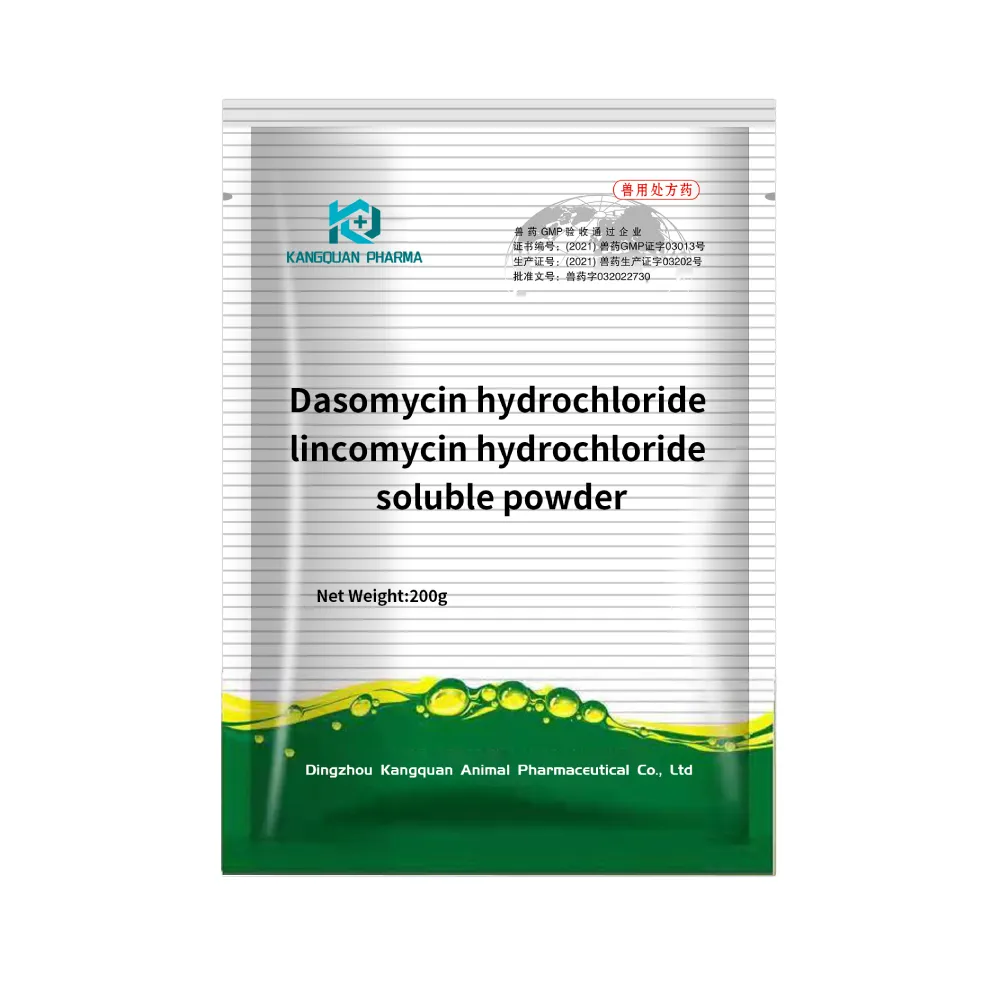- Afrikaans
- Albanian
- Amharic
- Arabic
- Armenian
- Azerbaijani
- Basque
- Belarusian
- Bengali
- Bosnian
- Bulgarian
- Catalan
- Cebuano
- Corsican
- Croatian
- Czech
- Danish
- Dutch
- English
- Esperanto
- Estonian
- Finnish
- French
- Frisian
- Galician
- Georgian
- German
- Greek
- Gujarati
- Haitian Creole
- hausa
- hawaiian
- Hebrew
- Hindi
- Miao
- Hungarian
- Icelandic
- igbo
- Indonesian
- irish
- Italian
- Japanese
- Javanese
- Kannada
- kazakh
- Khmer
- Rwandese
- Korean
- Kurdish
- Kyrgyz
- Lao
- Latin
- Latvian
- Lithuanian
- Luxembourgish
- Macedonian
- Malgashi
- Malay
- Malayalam
- Maltese
- Maori
- Marathi
- Mongolian
- Myanmar
- Nepali
- Norwegian
- Norwegian
- Occitan
- Pashto
- Persian
- Polish
- Portuguese
- Punjabi
- Romanian
- Russian
- Samoan
- Scottish Gaelic
- Serbian
- Sesotho
- Shona
- Sindhi
- Sinhala
- Slovak
- Slovenian
- Somali
- Spanish
- Sundanese
- Swahili
- Swedish
- Tagalog
- Tajik
- Tamil
- Tatar
- Telugu
- Thai
- Turkish
- Turkmen
- Ukrainian
- Urdu
- Uighur
- Uzbek
- Vietnamese
- Welsh
- Bantu
- Yiddish
- Yoruba
- Zulu
9 月 . 17, 2024 04:34 Back to list
Veterinary Antibiotics Classification - Comprehensive Guide
Veterinary Antibiotics Classification An Overview
The use of antibiotics in veterinary medicine is crucial for promoting animal health, ensuring food safety, and preventing the spread of infectious diseases. However, the classification of veterinary antibiotics is essential to understand their roles, mechanisms, and the implications of their use. This article provides an overview of the various classifications of veterinary antibiotics.
Antibiotics can be primarily categorized based on their spectrum of activity, mechanism of action, and chemical structure. The two main categories are broad-spectrum and narrow-spectrum antibiotics. Broad-spectrum antibiotics are effective against a wide range of bacteria, making them useful in treating mixed infections. Conversely, narrow-spectrum antibiotics target specific types of bacteria, minimizing the impact on beneficial microorganisms and reducing the risk of antibiotic resistance.
Mechanism of Action
Veterinary antibiotics are also classified by their mechanism of action, which can be broadly grouped into two categories bactericidal and bacteriostatic. Bactericidal antibiotics kill bacteria directly, making them effective in severe infections where rapid action is necessary. Examples include penicillin and cephalosporins. On the other hand, bacteriostatic antibiotics inhibit the growth and reproduction of bacteria. This allows the immune system to combat the infection more effectively. Tetracyclines and sulfonamides fall into this category.
Chemical Structure
Another important classification of veterinary antibiotics is based on their chemical structure. Common classes include
veterinary antibiotics classification

1. Beta-lactams This group includes penicillins and cephalosporins, known for their ability to disrupt bacterial cell wall synthesis. 2. Tetracyclines These are broad-spectrum antibiotics that inhibit protein synthesis, effective against a variety of Gram-positive and Gram-negative bacteria.
3. Macrolides Similar to tetracyclines, macrolides inhibit protein synthesis and are often used for respiratory infections in livestock.
4. Aminoglycosides Effective against aerobic Gram-negative bacteria, this class is often used in serious infections but can be nephrotoxic.
5. Sulfonamides These bacteriostatic agents inhibit folic acid synthesis in bacteria, commonly used in combination with other drugs to enhance efficacy.
Resistance and Regulation
The classification of veterinary antibiotics is not merely academic; it has significant implications for antibiotic resistance and public health. Misuse and overuse of these medications can lead to the development of resistant bacterial strains, threatening both animal and human health. As a result, regulatory bodies worldwide are increasingly focusing on the prudent use of antibiotics in agriculture. This includes guidelines to limit their use in growth promotion and to promote responsible veterinary practices.
In conclusion, understanding the classification of veterinary antibiotics is essential for effective treatment of animal diseases and mitigating the risks associated with antibiotic resistance. Veterinary professionals must remain vigilant and adhere to guidelines to ensure the safe use of these vital medications in animal husbandry.
-
The Power of Radix Isatidis Extract for Your Health and Wellness
NewsOct.29,2024
-
Neomycin Sulfate Soluble Powder: A Versatile Solution for Pet Health
NewsOct.29,2024
-
Lincomycin Hydrochloride Soluble Powder – The Essential Solution
NewsOct.29,2024
-
Garamycin Gentamicin Sulfate for Effective Infection Control
NewsOct.29,2024
-
Doxycycline Hyclate Soluble Powder: Your Antibiotic Needs
NewsOct.29,2024
-
Tilmicosin Premix: The Ultimate Solution for Poultry Health
NewsOct.29,2024













